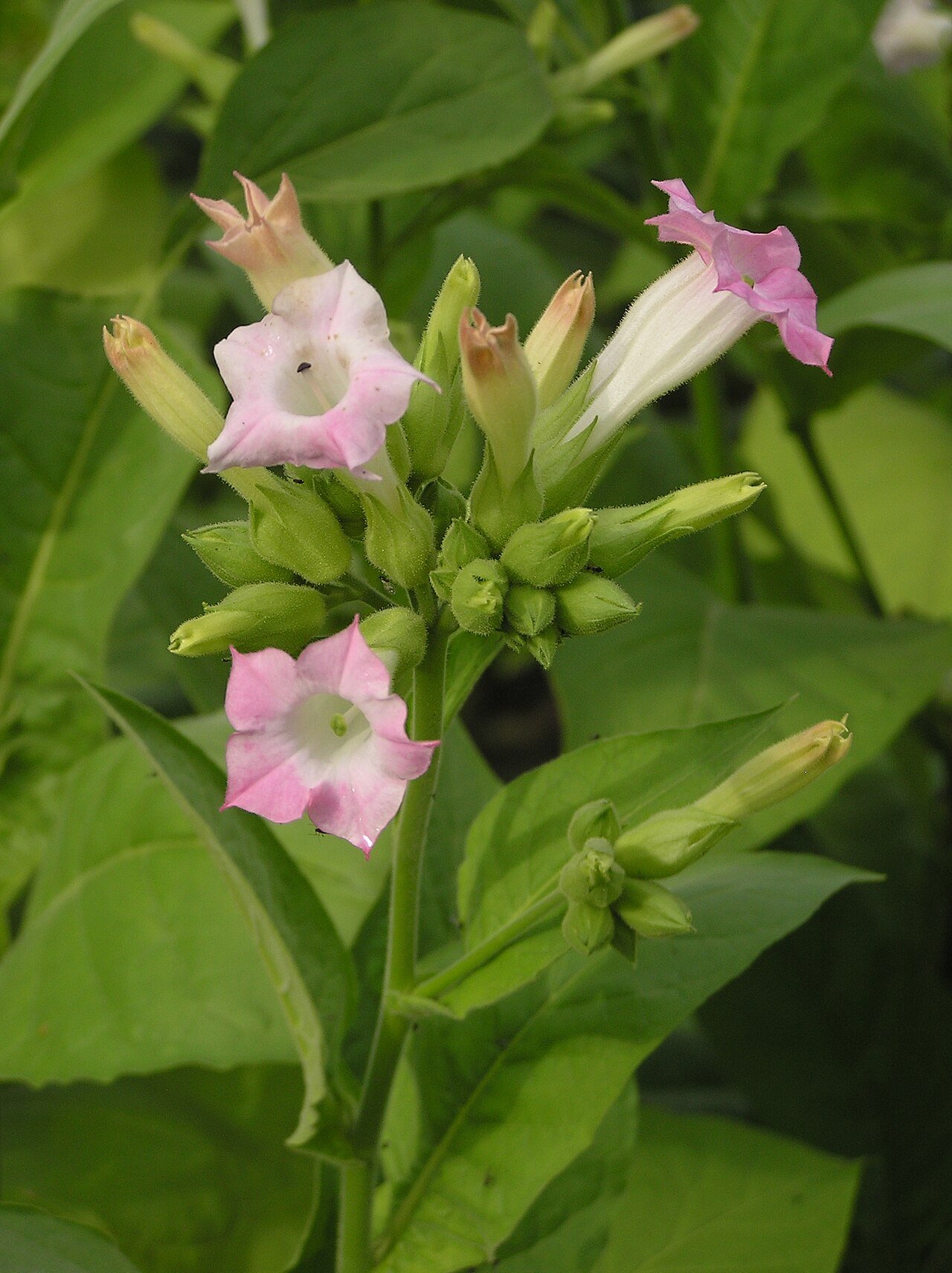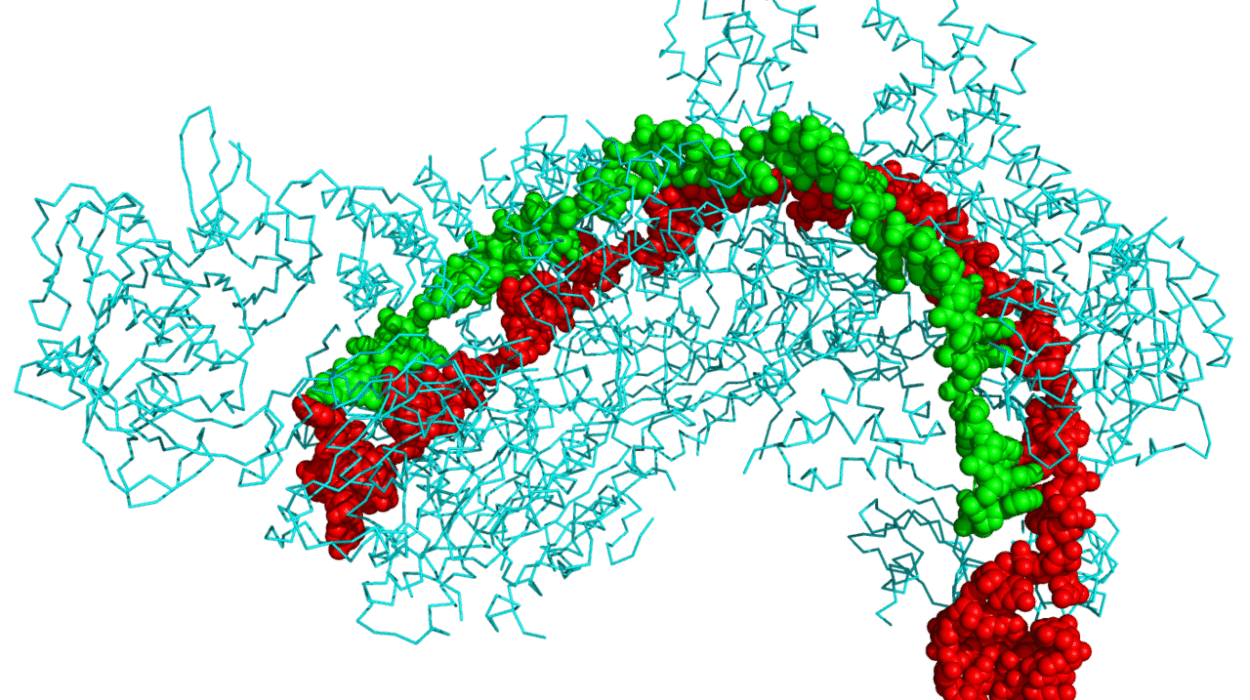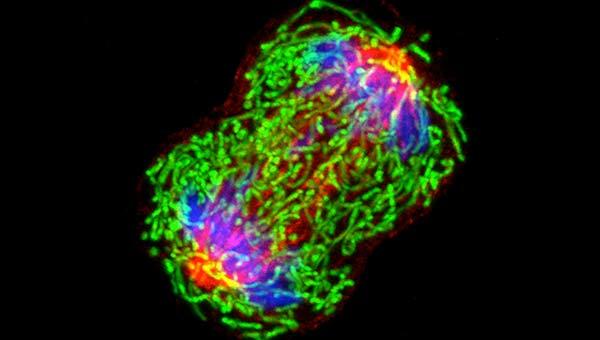Imagine walking through a dense forest just after dusk, your eyes adjusting to the fading light, the air cool and moist with the breath of leaves and earth. Suddenly, a faint greenish glow catches your eye. It’s not moonlight on moss, not a trick of the imagination. Beneath a log or clustered at the base of a tree, delicate plants shimmer with their own secret light. This is not science fiction. This is nature—stranger and more wondrous than we often give it credit for.
These are bioluminescent plants—or more accurately, plant-fungal partnerships and bioengineered flora—that seem to whisper a quiet defiance against the darkness. Their glow is not merely a beautiful oddity. It’s a message, a mechanism, and increasingly, a tool. And the science behind their light opens a portal into a realm where biology meets physics, where evolution dances with chemistry, and where the future of biotechnology might be illuminated—literally—by living light.
The Ancient Magic of Bioluminescence
Bioluminescence—the ability of living organisms to produce light—has fascinated humanity since the first firefly blinked through prehistoric nights. From glowing jellyfish in the deep oceans to bacteria that make squid and fish shine like neon signs, bioluminescence is a biological phenomenon that evolved independently over 40 times across different branches of life. But in the plant kingdom, it is an elusive trait.
Plants, unlike animals, don’t typically need to communicate in the dark or lure prey in inky water. Yet in some of the planet’s darkest, dampest corners, life finds a way to shine. Fungi, intimately connected to plants through shared ecosystems and root networks, possess the gift of light. And in some cases, their glow spills onto the plant world in surprising ways.
In forests from Brazil to Russia, the eerie green glow of bioluminescent mushrooms emerges from the forest floor like alien stars scattered in soil. These fungi—of which over 100 species are known—are not merely a curiosity. They have evolved a biochemical system that transforms chemical energy into visible light, often for reasons scientists are still striving to fully understand. Some believe the light attracts insects that help disperse spores; others suggest it may serve to warn predators or reduce microbial competition.
But could plants themselves glow without fungal help? Until recently, the answer seemed firmly “no.” Then, the boundary began to blur.
The Genetic Key to Living Light
At the heart of all bioluminescence lies a molecular dance. An enzyme, usually called luciferase, acts on a light-emitting molecule called luciferin. The reaction requires oxygen and typically releases a photon—an actual particle of light. Depending on the species, the color of the glow can range from cold blue to vivid green to soft yellow.
Fireflies use a specific type of luciferase. So do certain marine organisms like dinoflagellates and jellyfish. And in fungi, another version does the job—one unique enough to open new doors in biotechnology. In 2020, a team of scientists led by Karen Sarkisyan and Ilya Yampolsky announced a breakthrough: they had successfully transplanted the fungal bioluminescent system into a tobacco plant, making it glow brightly without any external chemicals or stimuli.
This was not the first time glowing plants had been created. As early as the 1980s, scientists had inserted luciferase genes from fireflies into plants. But those plants needed to be “fed” with synthetic luciferin to emit light—a cumbersome and short-lived process. The fungal system was different. It was autonomous. Self-sustaining. Natural.
The key came from a mushroom known as Neonothopanus nambi, native to South America. Scientists mapped the fungal genes responsible for producing luciferin and luciferase and transferred them into tobacco plants. The result was a marvel of living engineering: leaves, stems, roots, and even flowers emitted a visible, ethereal green light. The brighter the plant’s metabolism—the more active the tissue—the brighter the glow. In a poetic twist, life itself was made visible.
Glowing For a Reason
But what would a plant gain from such a glow? Biologically, the benefit remains unclear. Fungi may use light to attract insects or deter competitors, but plants don’t have the same ecological pressures in the dark. In nature, no wild plant is known to glow on its own. So far, the glowing plants of our world are the products of lab imagination—bioart and bioscience entangled.
Yet this doesn’t mean they have no purpose. In fact, scientists are beginning to see a profound utility in this strange light.
For one, glowing plants could serve as living indicators of plant health. Since the intensity of the glow is tied to the plant’s metabolic state, farmers could one day walk through a field of crops and literally see which plants are thriving and which are stressed—without instruments, without guesswork.
Beyond agriculture, there is enormous potential in sustainable lighting. Picture glowing trees lining city streets instead of electric lamps. Imagine greenhouses lit by the plants themselves, or ornamental flowers that shimmer gently at night without power. While such dreams are still distant, the genetic tools now exist. The fungal bioluminescence system is modular, efficient, and renewable—qualities that make it highly desirable in synthetic biology.
A Garden of Bioengineered Light
After the tobacco breakthrough, the race to create more glowing plants intensified. Researchers have since developed glowing petunias, glowing roses, and even glowing mosses. These are not just novelties; they are prototypes of a new generation of living biotechnology.
Each iteration brings improvements: brighter light, longer duration, more colors. Some teams have modified the metabolic pathways to intensify the glow or control it with external signals—such as temperature, touch, or time of day. Others are working to incorporate the glow into useful genes, creating plants that light up when exposed to pathogens, pollutants, or drought.
Synthetic biologists, inspired by science fiction and driven by ecological urgency, envision an entire ecosystem of light: forests that glow to signal distress, vines that shimmer to warn of soil contaminants, or even grasses that illuminate walking paths in parks. The technology could replace some forms of outdoor lighting, reducing energy use and light pollution.
There’s an aesthetic revolution here too. Bioluminescent plants redefine our relationship with nature. Instead of passively consuming electricity, what if our world was lit by living beings—by trees and flowers that shared their inner vitality with us in glows and pulses?
The Caveats of Wonder
But even wonder must be tempered with caution. Introducing genetically modified glowing plants into natural ecosystems raises valid concerns. Could their glow alter pollinator behavior? Might they outcompete native species? Could horizontal gene transfer (however unlikely) spread the trait beyond human control?
For now, most glowing plant research is confined to greenhouses, labs, and tightly controlled environments. Regulatory bodies in many countries are hesitant to approve the release of such organisms into the wild. The U.S. Department of Agriculture and other agencies evaluate genetically modified organisms on a case-by-case basis. As with any biotech advance, transparency and oversight are crucial.
There is also the philosophical question: Should we make nature glow, just because we can? Does enhancing the beauty of a flower with artificial genes elevate or diminish its essence? Are we co-creating with evolution—or interrupting it?
These questions do not have easy answers. But they underscore the need for ethics and empathy alongside innovation.
The Night Gardens of Tomorrow
Despite the cautions, the momentum of discovery continues. Artists, architects, and urban planners are beginning to collaborate with scientists, envisioning public spaces lit by bioluminescence. Experimental installations in art galleries and design expos have used glowing algae in walls, glowing mushrooms in terrariums, and glowing plants as ambient lighting. The boundaries between nature and technology, between garden and gadget, are dissolving.
There’s even growing interest in space travel. On missions to Mars or the Moon, energy will be precious. Could glowing plants serve as both food and light source for astronauts? NASA has explored synthetic biology in long-duration spaceflight, and bioluminescence is on the radar.
In time, we may even see household plants engineered to glow in response to our moods, stress levels, or the presence of harmful gases—organic companions that not only beautify our homes but interact with us in subtle, living light.
The Glow in Our Imagination
The fascination with glowing plants is not new. From ancient myths to modern movies, humans have long imagined radiant flora. In James Cameron’s Avatar, the forests of Pandora pulsed with phosphorescent life—roots and leaves that shimmered with alien luminescence. That vision, once fantasy, is inching toward reality.
What is it about light from the living that so entrances us? Perhaps it’s the contrast—the fire of life in places of stillness. Perhaps it’s the symbolism—light as knowledge, light as hope. In glowing plants, we see something almost spiritual: a communion between life and physics, between biology and beauty.
Their light is not harsh like neon, not sterile like LED. It breathes. It pulses. It is the visual heartbeat of metabolism itself.
Conclusion: Toward a More Luminous World
As we stand at the edge of a new age in bioengineering, the story of glowing plants reminds us that science is not just about control. It is about awe. It is about coaxing the invisible into visibility, and lighting the hidden pathways of life with reverence as much as ingenuity.
In the years to come, bioluminescent plants may change agriculture, medicine, design, and sustainability. But more than that, they may change us. They invite us to reimagine what is possible. To blend utility with wonder. To find new ways of seeing life—not only in daylight but in darkness too.
In the forest of the future, the light will not come only from stars above, but from roots below and petals around us. From leaves that glow with their own stories. From life that dares to shine, even in the absence of the sun.
And perhaps, as we watch those silent illuminations swaying gently in the night air, we will feel something ancient stir inside us—a deeper connection, a brighter vision, a world not conquered by light, but enchanted by it.






